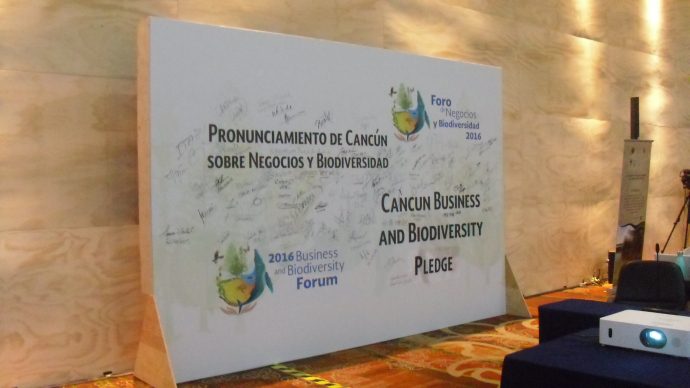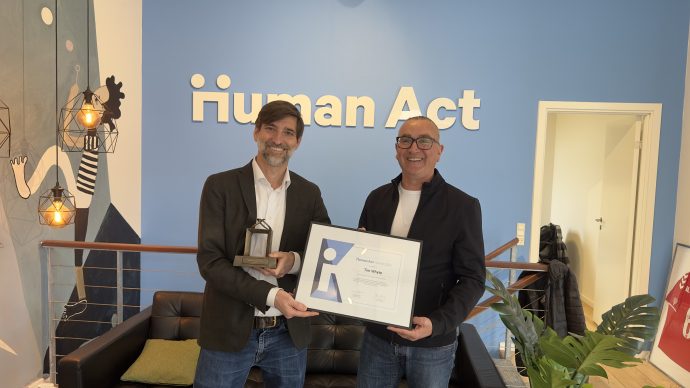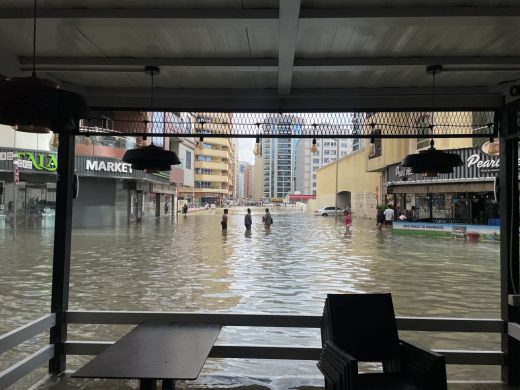Between 2004 and 2015, the private sector channelled $8.2 billion into investments seeking environmental benefits – as well as financial returns –with the majority of investments taking place after 2013, according to new report.
The report – State of Private Investment in Conservation 2016 – was released by Forest Trends’ Ecosystem Marketplace and a range of partners including JPMorgan Chase & Co and the Nature Conservancy’s NatureVest.
The findings show that “conservation investing” grew 62 per cent between 2013 and 2015 from $5.1 billion to $8.2 billion.
The report focuses on three groups of conservation-oriented investments: sustainable food and fibre production (including forestry, agriculture, fisheries); habitat conservation (including mitigation banking, forest carbon trading); and water quality and quantity protection (including watershed protection, water rights trading).
Majority of funds for sustainable food and fibre
The majority of funds ($6.5 billion) were allocated to sustainable food and fibre, with habitat conservation accounting for $1.3 billion and water quality and quantity protection accounting for $400 million.
Private financing for habitat and water conservation were predominately in North America, but an increasing amount of investment is moving to emerging economies.
Investments in sustainable food and fibre production was more evenly distributed, with 33 per cent going to North America, 29 per cent to Latin America, 19 per cent to Oceania, and approximately nine per cent to both Africa and Asia.
The report was based on survey responses from 128 banks, companies, fund managers, family offices, and non-governmental organisations, the majority of which are based in North America and Europe.
According to the survey, investors were confident in their investments – with 31 per cent anticipating returns between 5 and 9.9 per cent.
Smart investment
Michael Jenkins, Founding President and CEO of Forest Trends, said: “The findings of this report speak to the growing recognition of our forests, our wetlands, our reefs, and other natural landscapes as smart investments — a notion that would have been unthinkable to most mainstream investors just five years ago”.
He went on to say:
“Just in the last two years covered by this report, we’ve seen a huge leap in demand for these kinds of tangible ‘real assets’ from investors. The demand is growing across the globe and from across investment instruments — the only thing keeping these emerging asset classes from surging even higher is the scarcity of investable opportunities; and, as in any emerging market, transparent information is critical.”
Marc Diaz, Managing Director of NatureVest, The Nature Conservancy’s conservation investing unit, said:
“This report shows that when investors derive consistent financial returns and measurable benefits to people and nature, more capital then flows to conservation.”
He added:
“This increasing demand, coupled with the very clear need for conservation action shown by scientific research, reinforces the urgent importance for the industry to develop scalable and consistent opportunities to invest in nature.”















